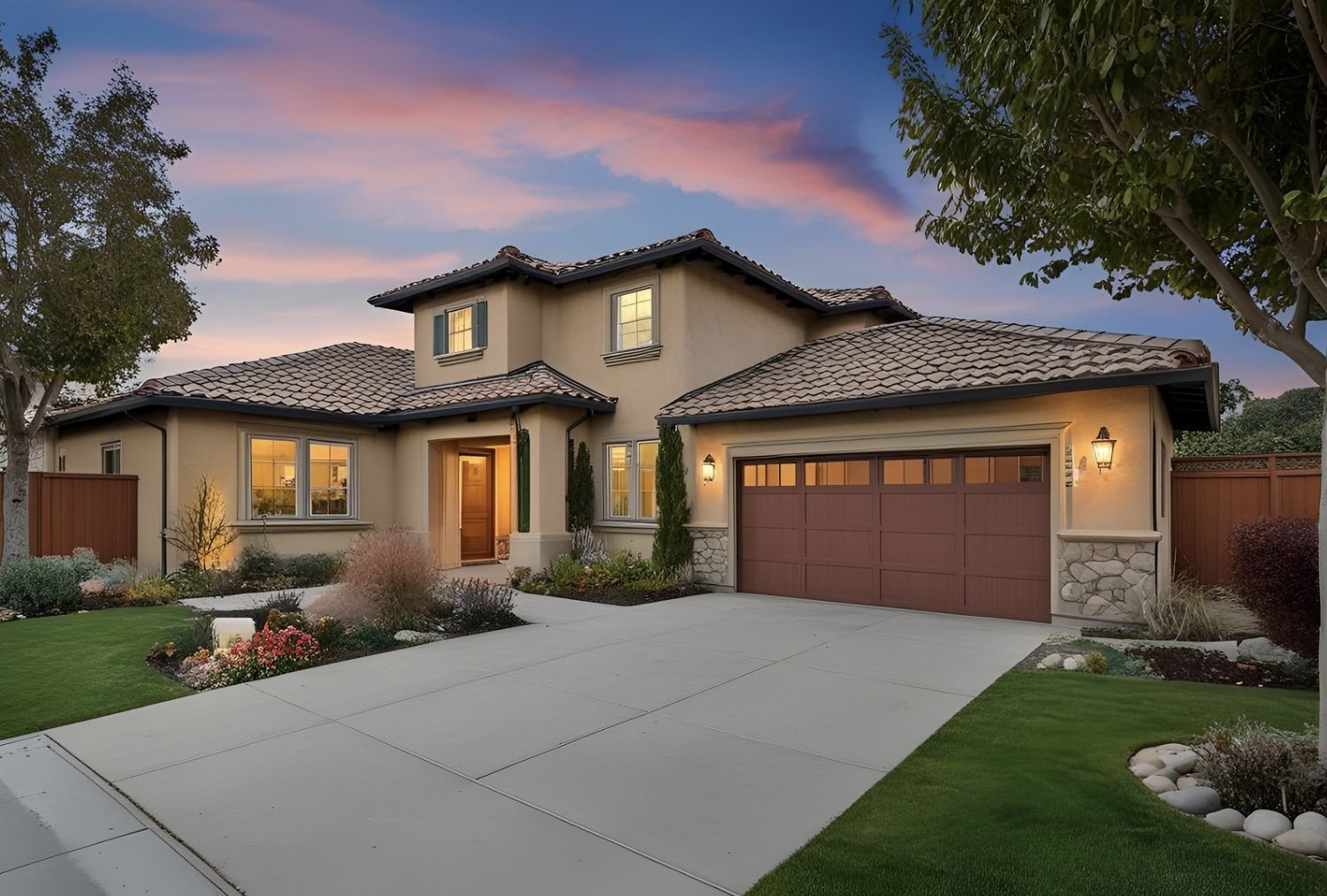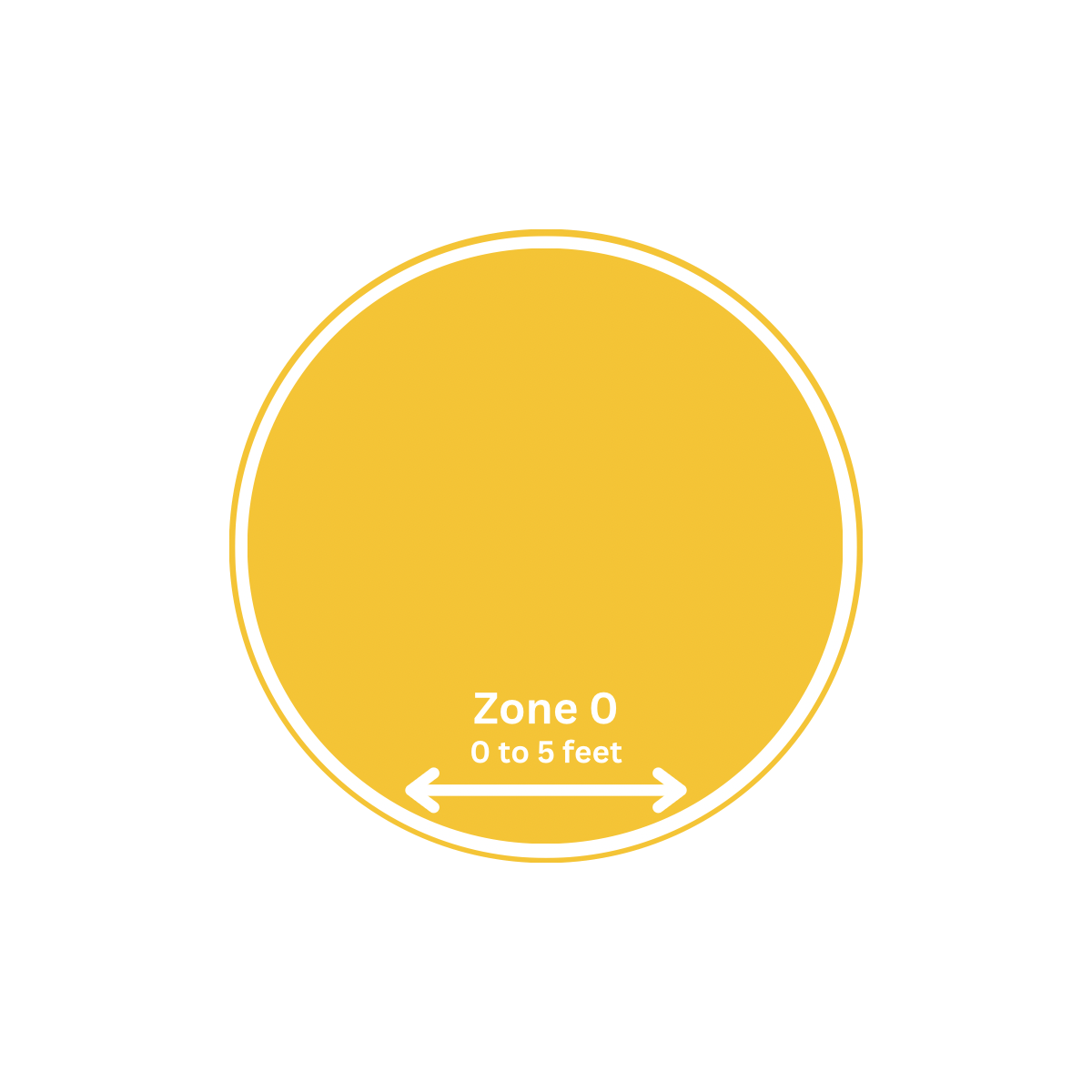
National Wildfire prevention
— Minimize risk and maximize safety —
Defensible Space. Fire Mitigation. Safety for Your Family.
Wildfires in Marin County and surrounding areas are becoming more frequent and destructive. The best way to protect your home is by creating a defensible space and reducing fire hazards on your property. At National Wildfire Prevention, we specialize in tree trimming, brush clearing, debris removal, and fire prevention services to keep your home safe from embers and flames.
Why Wildfire Prevention is Crucial in Marin County
Wildfires move fast. Embers carried by high winds can ignite dry vegetation, rooftops, and structures miles ahead of the main fire. Homes surrounded by overgrown brush, dead trees, and flammable materials are at serious risk.
Recent wildfires that impacted our area:
2020 Woodward Fire (Point Reyes) - Burned over 4,900 acres
2017 Nuns Fire (Sonoma & Napa) - 56,000+ acres burned, 1,300+ structures lost
2019 Kincade Fire (Sonoma County) -77,000 acres destroyed
Many of these fires spread due to poor vegetation management. With proper fire mitigation, you can significantly reduce the risk to your home. Schedule a free fire risk assessment today.
The good news?
At National Wildfire Prevention, we specialize in wildfire mitigation, defensible space creation, home hardening, and fire-resistant landscaping to protect homeowners from the increasing threat of wildfires.
OUR wildFIRE PREVENTION SERVICES
By following the latest Marin County Fire Department regulations and California wildfire safety laws, we help homeowners create fire-resistant environments that reduce wildfire risks and improve property safety.
TAKE ACTION NOW BEFORE FIRE SEASON BEGINS
- REQUEST A FREE ASSESSMENT TODAY -

HOW WE DO IT
Wildfires spread rapidly, but by taking the right steps to protect your home, you can significantly reduce the risk.
Understanding fire prevention is essential for minimizing risks, safeguarding your property, and ensuring safety through proactive measures and preparedness
Implementing the Zone 0, Zone 1, and Zone 2 approach creates a protective barrier around your home, shielding it from embers, radiant heat, and direct flames. In doing so, you not only protect your family but also help preserve the surrounding environment and ecosystems
Zone 0 (0-5 feet: The Ember-Resistant Zone)
This is the most critical area for wildfire defense. Keeping Zone 0 clear of flammable materials-such as dead leaves, mulch, and wood piles-prevents embers from igniting your home. Hardscaping, non-combustible materials, and well-maintained plants are essential here.
Remove:
- Flammable mulch (e.g., wood chips, pine needles, bark mulch)
- Dead leaves, twigs, and debris accumulation
- Overhanging tree branches
- Wooden fences or combustible materials attached to the house
- Outdoor furniture made of wood or plastic near the house
Replace With:
- Non-combustible materials like gravel, stone, or concrete pathways
- Regularly maintained, fire-resistant plants (e.g., succulents, ice plant, agave)
- Pruned tree branches (no branches within 10 feet of the roofline)
- Metal fences or fire-resistant composite materials
- Fire-resistant patio furniture (e.g., metal, tempered glass, concrete)
Zone 0 (0-5 feet: The Ember-Resistant Zone
This is the most critical area for wildfire defense. Keeping Zone 0 clear of flammable materials-such as dead leaves, mulch, and wood piles-prevents embers from igniting your home. Hardscaping, non-combustible materials, and well-maintained plants are essential here.
Remove:
- Highly flammable vegetation (e.g., juniper, eucalyptus, pine, cedar, and tall grasses)
- Dense shrubs and plants growing close together
- Wood piles, lumber, or any combustible storage near structures
- Flammable patio umbrellas and cushions
Remove:
- Highly flammable vegetation (e.g., juniper, eucalyptus, pine, cedar, and tall grasses)
- Dense shrubs and plants growing close together
- Wood piles, lumber, or any combustible storage near structures
- Flammable patio umbrellas and cushions
Replace With:
Fire-resistant, widely spaced shrubs (e.g., lavender, salvia, manzanita)
Properly spaced and maintained vegetation (reduce ladder fuels)
Move wood piles and combustible materials at least 30 feet away from structures
Use fire-resistant outdoor décor (e.g., cushions made of Sunbrella fabric, fire-resistant shade structures)
Replace With:
Fire-resistant, widely spaced shrubs (e.g., lavender, salvia, manzanita)
Properly spaced and maintained vegetation (reduce ladder fuels)
Move wood piles and combustible materials at least 30 feet away from structures
Use fire-resistant outdoor décor (e.g., cushions made of Sunbrella fabric, fire-resistant shade structures)
How we do it
Wildfires spread rapidly, but by taking the right steps to protect your home, you can significantly reduce the risk.
Understanding fire prevention is essential for minimizing risks, safeguarding your property, and ensuring safety through proactive measures and preparedness
Implementing the Zone 0, Zone 1, and Zone 2 approach creates a protective barrier around your home, shielding it from embers, radiant heat, and direct flames. In doing so, you not only protect your family but also help preserve the surrounding environment and ecosystems
Zone 0 (0-5 feet): The Ember-Resistant Zone
This is the most critical area for wildfire defense. Keeping Zone 0 clear of flammable materials—such as dead leaves, mulch, and wood piles—prevents embers from igniting your home. Hardscaping, non-combustible materials, and well-maintained plants are essential here.
Remove:
Flammable mulch (e.g., wood chips, pine needles, bark mulch)
Dead leaves, twigs, and debris accumulation
Overhanging treebranches
Wooden fences or combustible materials attached to the house
Outdoor furniture made of wood or plastic near the house
Replace With:
Non-combustible materials like gravel, stone, or concrete pathways
Regularly maintained, fire-resistant plants (e.g., succulents, ice plant, agave)
Pruned tree branches (no branches within 10 feet of the roofline)
Metal fences or fire-resistant composite materials
Fire-resistant patio furniture (e.g., metal, tempered glass, concrete)
Zone 1 (5-30 feet): The Lean, Clean, and Green Zone - Zone 1 acts as a buffer between your home and potential wildfire fuel. Keeping trees properly spaced, pruning branches, and removing dry vegetation minimizes fire intensity. Choose fire-resistant plants and ensure your yard remains well-irrigated to reduce flammability.
Remove:
Highly flammable vegetation (e.g., juniper, eucalyptus, pine, cedar, and tall grasses)
Dense shrubs and plants growing close together
Wood piles, lumber, or any combustible storage near structures
Flammable patio umbrellas and cushions
Replace With:
Fire-resistant, widely spaced shrubs (e.g., lavender, salvia, manzanita)
Properly spaced and maintained vegetation (reduce ladder fuels)
Move wood piles and combustible materials at least 30 feet away from structures
Use fire-resistant outdoor décor (e.g., cushions made of Sunbrella fabric, fire-resistant shade structures)
Zone 2 (30-100 feet): The Reduced Fuel Zone
This zone slows the fire’s spread before it reaches your home. Thinning trees, cutting back shrubs, and creating horizontal and vertical spacing between vegetation can help reduce fire intensity. Strategic landscaping in this area prevents flames from building momentum.
Remove:
Dead trees, fallen branches, and excessive ground cover (pine needles, dry leaves, etc.)
Closely spaced trees with overgrown canopies
Unmaintained grass taller than 4 inches
Unused vehicles, equipment, or storage that can act as fire fuel
Replace With:
Thin trees to create 10-15 feet of space between canopies
Regularly mow grass and remove dry weeds
Space out trees and shrubs to reduce fire spread
Clear out unnecessary flammable objects and replace with gravel paths or defensible space barriers

























